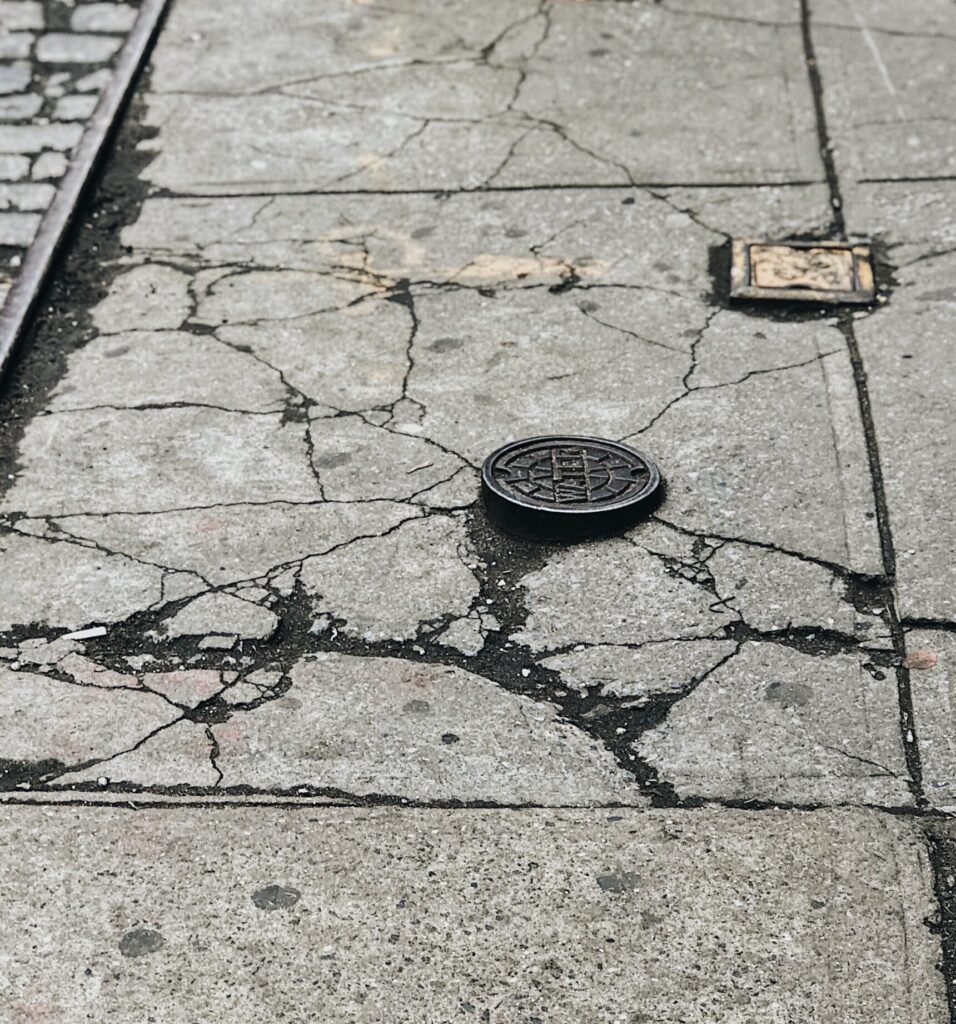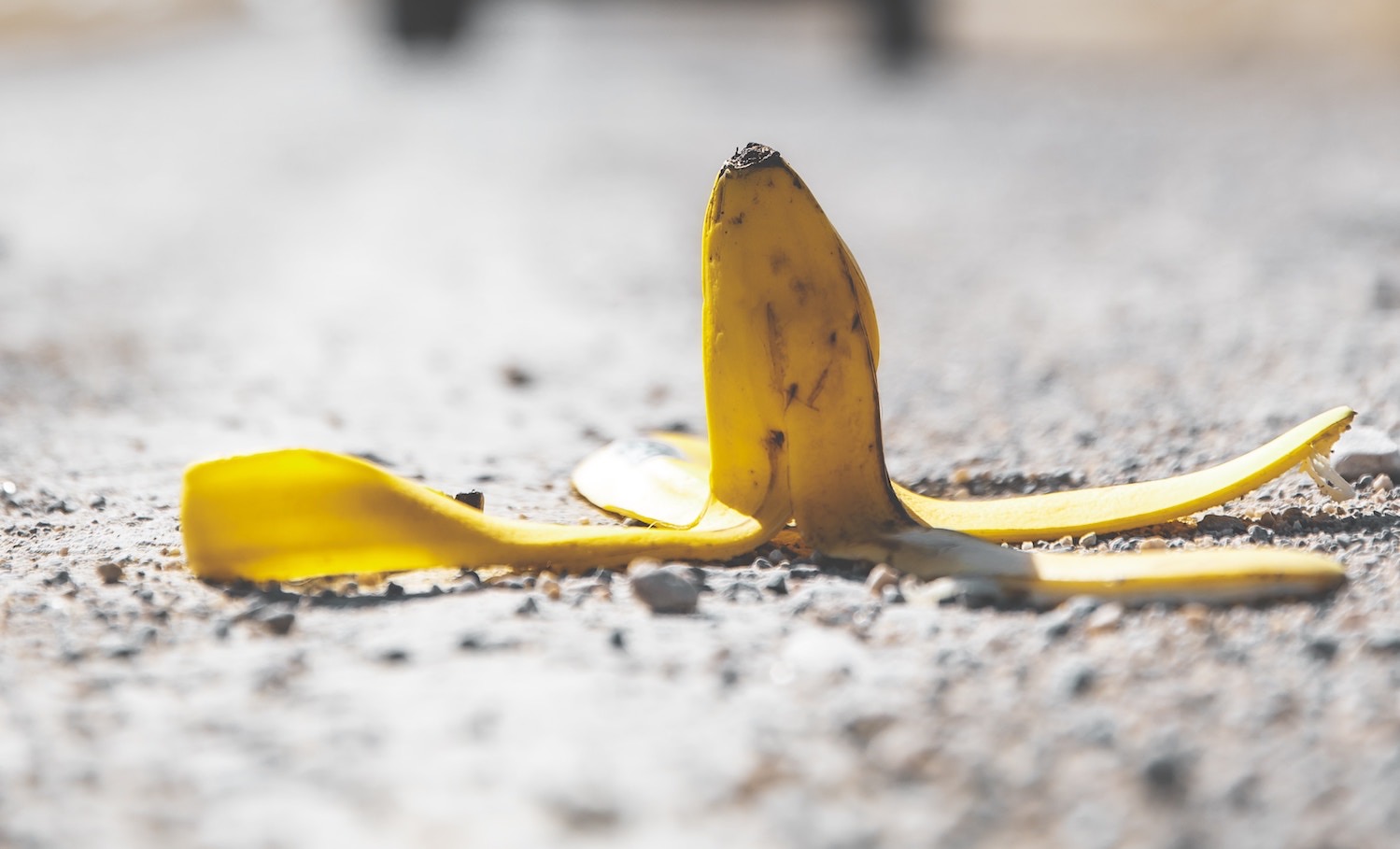“Trip and fall” and “slip and fall” are terms used to describe two different types of personal injury cases that occur on someone else’s property, often leading to legal claims for compensation. However, many people don’t know the difference between the two types of falls. “Trip” and “slip” may seem like interchangeable terms, but there is an important distinction between the two when it comes to a personal injury lawsuit. In fact, the success of a case requires victims to understand the differences between “trip and fall” and “slip and fall” accidents.
How a Trip and Fall and Slip and Fall Lawsuit Works
These lawsuits are possible only if a victim is injured on the property of another person or business, as both trip and fall and slip and fall cases fall under the broader category of premises liability [California], which refers to the legal responsibility of property owners or occupiers to maintain a safe environment for visitors and guests. In both types of cases, the property owner or occupier may be held liable if it can be proven that their negligence led to the hazardous condition that caused the accident.
It’s important to note that the specific laws and regulations regarding premises liability vary depending on the jurisdiction, and the outcome of such cases will depend on various factors such as the level of negligence, the presence of warning signs, the injured person’s own actions, and more. If you’re involved in a trip and fall or slip and fall accident, it’s smart to consult with a personal injury attorney (Orange County) who has deep expertise and years of experience with these particular types of claims. You’ll want to seek out a highly-rated slip and fall accident lawyer or trip and fall lawyer.
What’s the difference between “trip and fall” and “slip and fall?”
The two types of falls might seem similar, but they are caused by different circumstances. In addition, the types of injuries sustained tend to differ.
Trip and Fall: In these cases, an individual is injured due to tripping over an object or an uneven surface. This includes situations where a person tripped and fell because their foot caught on a trip hazard like a loose carpet, a protruding object, a pothole, or an uneven sidewalk. The key factor in a trip and fall case is that the person’s foot or lower leg makes contact with an obstacle, causing them to lose their balance and fall.
A person typically falls forward in trip and fall accidents. Therefore, common injuries include damage to the hands, shins, chest, knees, and face, including fractures and broken teeth from impacting the ground.
Slip and Fall: In slip and fall accidents, a person is injured due to slipping on a slippery or hazardous surface. This could involve situations where a person walks on a wet or icy surface or a freshly mopped floor that isn’t flagged with proper warning signs. In slip and fall injury, the person usually loses traction and balance due to the lack of friction between their footwear and the surface, leading to a fall.
A slip and fall accident typically causes a victim to fall backwards. Therefore, injuries may include damage to the back, hips, tailbone or head. Head injuries, including traumatic brain injuries, are possible results from a slip and fall injury. A slip and fall lawsuit seeks to recover damages from such an accident.
Why is it important to understand the difference between “trip and fall” and “slip and fall?”
If you’re seeking compensation for your injuries, it’s important you understand the distinction between these two types of accidents for the following reasons:
Legal Proceedings: The legal strategies and arguments used in trip and fall cases might differ from those used in slip and fall cases. Properly identifying the nature of the incident can help build a stronger legal case.
Evidence and Liability: The circumstances surrounding trip and fall and slip and fall incidents can vary significantly. Identifying whether the accident was caused by tripping over an object or stumbling on an uneven surface versus slipping on something like a wet floor can influence the type of evidence needed to establish liability. Evidence might include photographs, witness statements, and maintenance records.
- Safety Awareness: Whether you are a property owner, manager or visitor, knowing the common causes of trip and fall and slip and fall incidents can help you take preventive measures to ensure safety moving forward. This may involve proper maintenance, signage, and prompt addressing of potential hazards.
- Proper Reporting: Accurately reporting the nature of the incident is essential for insurance claims and legal proceedings. Providing accurate details about whether you tripped or slipped can help ensure that the appropriate parties, such as insurance companies or legal representatives, are informed correctly.
- Legal Rights and Responsibilities: Different legal principles might apply to trip and fall cases compared to slip and fall cases. Being informed about these distinctions can help you understand your rights and responsibilities in different situations, both as an injured party and as a property owner or occupier.
- Legal Consultation: If you’re seeking legal advice or representation, being able to clearly describe the type of incident you were involved in will help your Orange County personal injury attorney provide you with tailored advice and guidance that aligns with the specific circumstances of your case.

What should you do after a trip and fall or slip and fall accident?
After a trip and fall or slip and fall accident, taking certain steps can help protect your well-being and potentially strengthen any legal or insurance claims you might need to make. Be sure to:
Seek Medical Attention: If you’re injured, your health should be the top priority. Seek medical help immediately, even if your injuries seem minor. Some injuries might not show symptoms right away but could become more serious later on.
Report the Incident: If the accident occurred on someone else’s property, report the incident to the property owner, manager, or whomever is in charge as soon as possible. This creates an official record of the incident and the hazardous condition that caused it.
Document the Scene: If you’re physically able, try to document the scene of the accident. Take photos or videos of the area where the accident occurred, including the hazard that caused the incident, the surrounding environment, and any warning signs or lack thereof. If there was a hazardous condition that caused your fall, do not remove or alter it until you’ve documented it properly. This could be crucial evidence for your case.
Collect Information: Get the names and contact information of any witnesses who saw the accident happen. Their statements could be valuable if you need to establish liability later. Also, note the time and date of the incident.
Obtain Incident Reports: If the accident happened on someone else’s property, ask for a copy of any incident or accident reports filled out by the property owner, manager, or employees.
Notify Insurance: If the accident happened on someone else’s property, notify your insurance company about the incident, even if you’re not planning to make a claim. They might provide coverage or advice.
Keep Records: Maintain a detailed record of your injuries, medical treatments, and any expenses related to the accident. This includes medical bills, prescriptions, travel expenses, and any impact the injuries have on your daily life.
Limit Communication: Avoid discussing the incident in detail with representatives from the property owner’s insurance company. You should also avoid making any formal statements without consulting an Orange County personal injury lawyer first.
Of course, if you believe your accident was caused by negligence on the part of the property owner or manager, consider consulting with a personal injury lawyer [Orange County]. They can advise you on your rights and guide you through the legal process if you decide to pursue compensation.
Remember that the specific actions you should take can vary based on the circumstances and your jurisdiction’s laws. If you’re unsure about any steps to take, consult with a trip and fall lawyer.
Talk to an Orange County Personal Injury Attorney Today
John J. Perlstein is a top Orange County personal injury lawyer committed to the safety of the community, and, as such, will do everything in his power to hold individuals accountable. He has over 25 years of experience advising surviving loved ones of their legal rights in the most difficult situations. Recognized as one of the best slip and fall lawyers in Orange County, he will work tirelessly to serve justice and bring you the closure you deserve.
Contact the offices of John J. Perlstein today for a free consultation so we can discuss your needs and talk about the best way to seek the compensation you deserve.
